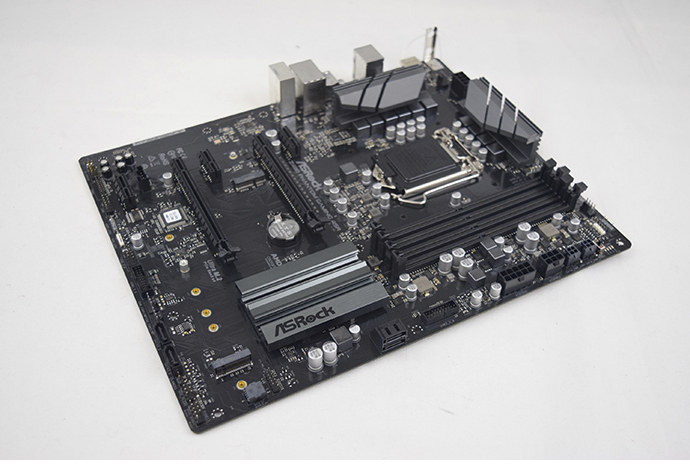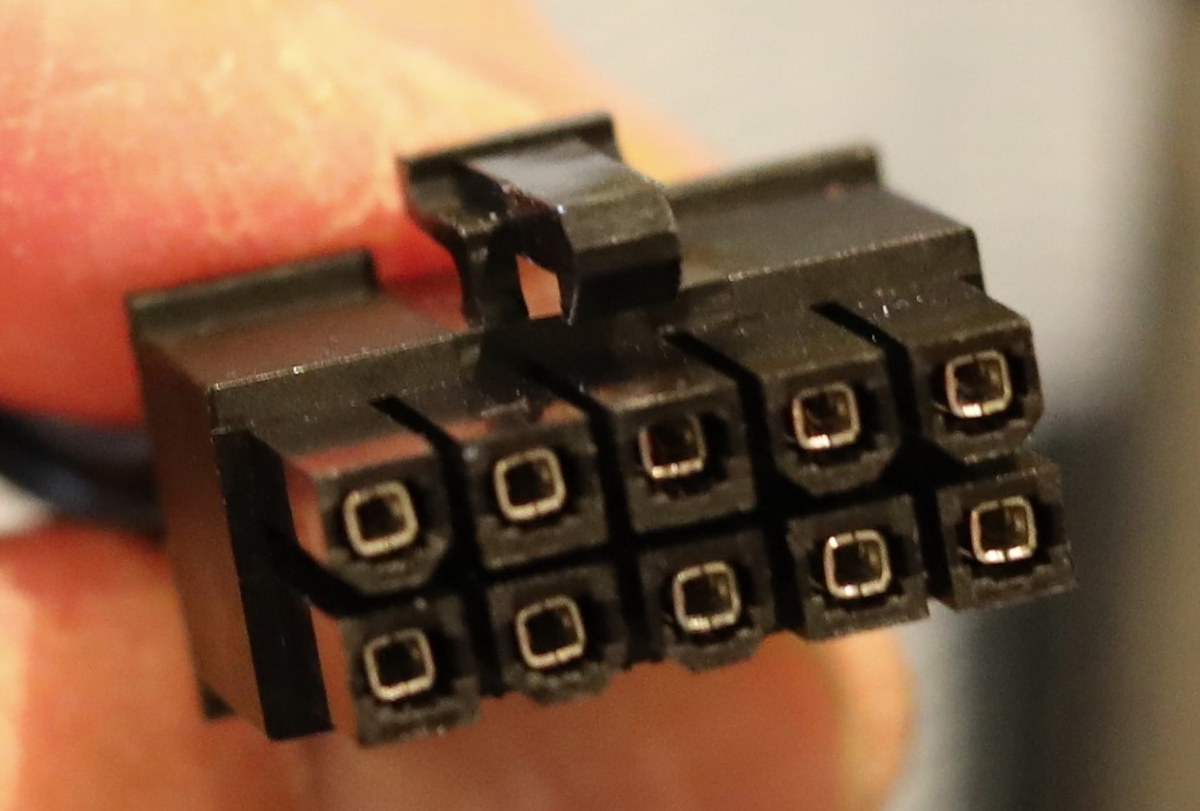I remember a few years back when I still used an AMD FX8350 power tower PC power consumption was about 75 Watts at idle, and around 15-20 Watts when the computer was turned off. Those are really high numbers especially considering many systems can now run under full-load for up to 15-20 Watts.
Power consumption has vastly improved since, but desktop computers are still not the most efficient even while idled or power off, so a new standard has been created. ATX12VO single rail power supply desktop platform form factor takes out the 3.3- and 5-volt rails from the power supply and relies on the motherboard instead that can handle those voltages more efficiently. The name makes sense as ATX12VO should read as ATX 12 Volts Only.

The new motherboard standard was at least partially designed to meet the requirements of upcoming new energy regulations for desktop computers in the US (EPA’s ENERGY STAR for Computers v8) and Japan (Top Runner program). ATX12V0 design guide was published in July 2019 for computers powered by 35W to 125W processors and it requires both a redesign of the motherboard and a new power supply.
The first ATX12VO motherboard has just been unveiled by ASRock with the Z490 Phantom Gaming 4S ATX12V0 motherboard equipped with an Intel Core S-series processor consuming 27% less during idle compared to a similar featured motherboard and ATX multi-rail power supply design. New power supplies will also be needed, and Intel is working with FSP, High Power, Channel Well Technology and Corsair to build ATX12VO power supply units.

A PCMag article has a few more insights explaining how higher efficiency is achieved:
Because ATX12VO removes so many rails, the thick 24-pin Main Power Connector would drastically drop down to a tiny 10-pin connector, similar to what we saw with Intel’s Compute Element earlier this year..
….
“Existing ATX multi-rail power supplies (5V, 3.3V, 12V, -12V, 5VSB) are not very efficient at low loads of today’s desktop computers when at idle,” according to Intel. Because the multi-rail power supply is sending very low current to all voltage rails, efficiency is just 50 percent to 60 percent.
The new ATX12VO spec significantly improves that efficiency. “By converting to a single rail power supply,” Intel explains, “the conversion losses can be minimized, reaching up to 75 percent efficiency at the same DC Load levels.”
From the end-user’s perspective, it does not change anything, except his electricity bill may be a bit lower. That’s unless of course you are a DIY PC builder, in which case you may consider your options between ATX12V and ATX12V0 standards. What’s unclear is when exactly ATX12V0 motherboards and power supplies will become available.

Jean-Luc started CNX Software in 2010 as a part-time endeavor, before quitting his job as a software engineering manager, and starting to write daily news, and reviews full time later in 2011.
Support CNX Software! Donate via cryptocurrencies, become a Patron on Patreon, or purchase goods on Amazon or Aliexpress




